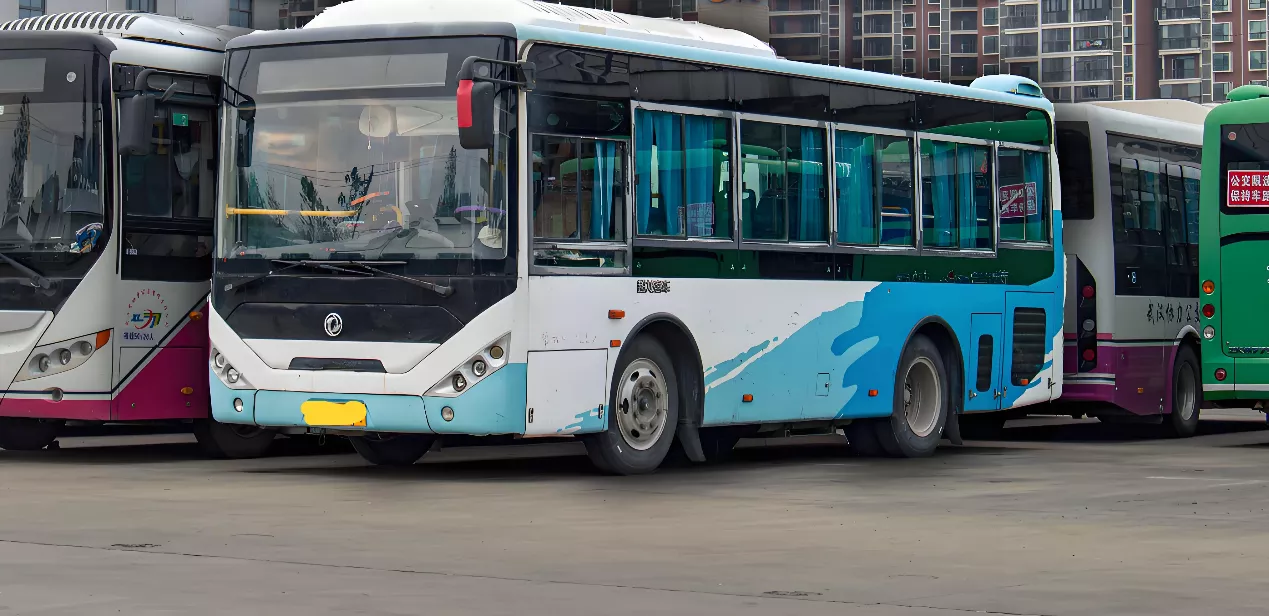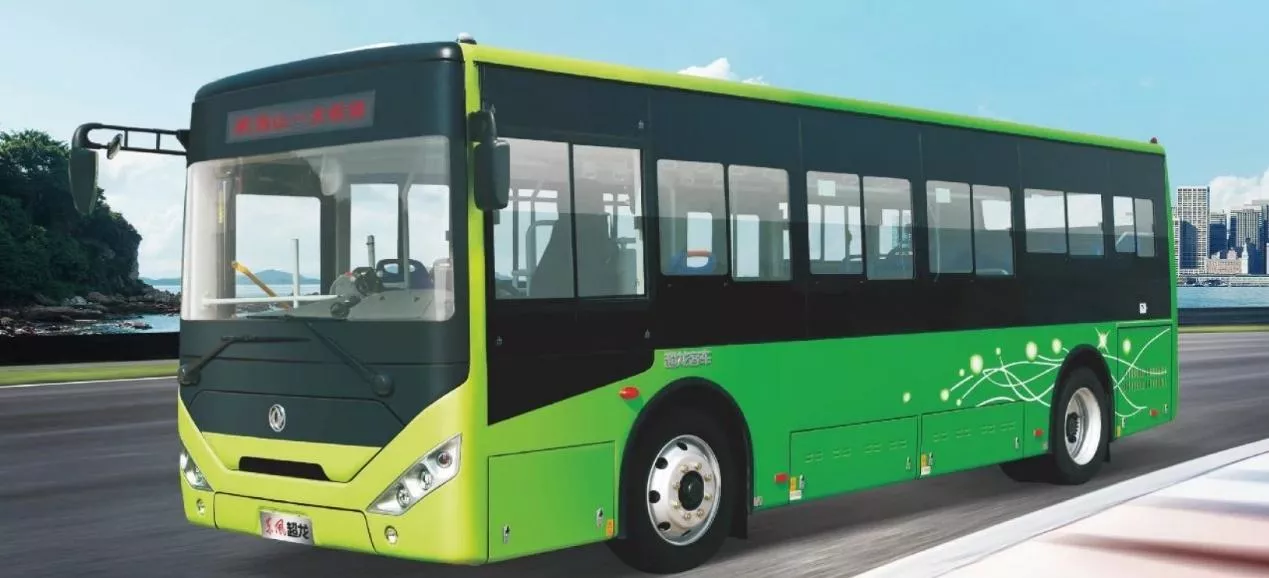In the rolling wheel of China’s urbanization process, buses are experiencing a profound energy revolution. Dongfeng Specialty Vehicles Co., Ltd. has drawn a brand-new technological blueprint in the field of pure electric buses with the pen of innovative technology. Through the breakthrough progress of five core technology systems – high-security battery platform, all-area thermal management architecture, high-efficiency electric drive system, intelligent Internet hub and lightweight body – Dongfeng Special Vehicle is reshaping the low-carbon future of urban buses.
I.Power heart: All-weather,high-security energy storage system
The energy source of Dongfeng SVB pure electric bus comes from the carefully built five-dimensional safety battery fortress. The third-generation lithium iron phosphate blade batteries exclusively supplied by Ningde Times are adopted, with energy density breaking through to 185Wh/kg, while multiple protection barriers are constructed in terms of safety:
- The battery pack adopts a 6-series aviation aluminum honeycomb structure box, with internal module cross-longitudinal beams to strengthen the design, so that the overall impact resistance is increased by 80%. When the collision sensor detects an abnormality, the high-voltage relay can complete active power-off within 30 milliseconds, far exceeding the industry standard of 100 milliseconds. The thermal runaway protection system integrates aerosol and liquid refrigerant dual-mode inhibition technology, realizing a breakthrough in the industry with a thermal spread blocking time of less than 10 seconds. The self-repairing diaphragm technology automatically generates an isolation layer when the monomer overheats, effectively blocking the path of heat diffusion, and the IP69K level of protection allows the battery pack to withstand 1.5 meters of deepwater immersion for 30 minutes without failing to cope with the extreme scenario of urban waterlogging.
- In response to the challenge of severe cold in the north, Dongfeng’s original “heat pump + PTC + phase change material” triple temperature control system creates an industry miracle. In the Harbin -28 ℃ environment in the actual test, static 8 hours of the vehicle only 18 minutes to warm up the battery to the working temperature, the first charging and discharging efficiency is up to 92% of the room temperature state, range attenuation rate of 17% or less (the industry generally more than 30%). Phase change material (PCM) forms a temperature buffer layer inside the battery pack, so that the battery cell is always maintained in the 10-35℃ high efficiency zone, completely solving the low temperature range anxiety.

II.The Soul of the Drive: Efficient Energy Conversion System
The drive system adopts the revolutionary “motor+electronic control+reducer” three-in-one integrated architecture, and the power density reaches a new industry high of 4.2kW/kg. The second-generation flat-wire-wound permanent magnet synchronous motor achieves 97.8% rated efficiency under working conditions with a 78% slot fullness rate. The oil-cooled cooling technology ensures the continuous output of 360kW peak power and maintains more than 90% energy efficiency even under full load climbing conditions.
The energy recovery system realizes a revolution in precision, with 12 levels of adjustable recovery strength to flexibly adapt to different road conditions with 0.1m/s² precision, and a cloud-based road spectrum learning function to prejudge the braking timing based on historical operational data. In the Wuhan BRT line test, this set of intelligent brake management system (IBS) realizes a comprehensive energy recovery rate of 42%, which reduces the 100km power consumption of the 12-meter model to 49.7kWh, which is 41% lower than that of the non-recovery state. The millisecond-level coordinated control of mechanical braking and electric braking eliminates the “nodding” phenomenon of traditional electric buses and improves passenger comfort.

III. Lightweight body: revolution in high-strength body structure
The breakthrough adopts a fully load-bearing aluminum alloy frame structure, integrating 6-series aerospace aluminum profiles and high-pressure vacuum die-casting nodes. Through topology optimization and multi-case CAE simulation, the body-in-white successfully reduces weight by 1240kg, while increasing torsional stiffness by 38% to 18600Nm/°, and the anticorrosion design life of the body reaches 15 years. The innovative application of self-pierce riveting + structural adhesive composite connection process eliminates the stress concentration problem caused by traditional welding.
The aerodynamic optimization is even more ingenious: the active air intake grille automatically adjusts the opening according to the wind speed; the built-in airflow conduit in the rear-view mirror reduces the intensity of the side vortex by 42%; the design of the diffuser at the rear significantly reduces the volume of the negative pressure area; and the 17.5° golden tilt angle of the front glass with the smooth lines of the car body suppresses the wind resistance coefficient to 0.36, which is 15% lower than that of the traditional buses.

IV.Conclusion
Dongfeng SVB pure electric buses complete the industry subversion with five core technology systems: military-grade battery protection to overcome safety pain points, extreme cold range technology to break the climate limitations, high-efficiency electric drive to reshape the law of energy, intelligent network to achieve predictive management, and lightweight platform to achieve an energy-saving paradigm. When technological innovation is transformed into cost reduction and efficiency increase for operators and a comfortable experience for passengers, Dongfeng Special Truck has transcended the role of transportation manufacturer and become the solution provider of the urban green transportation system. The pure electric buses of Dongfeng that travel through the streets of the city every day are writing the zero-carbon future of China’s public transportation with solid scientific and technological strength and excellent operational data.


